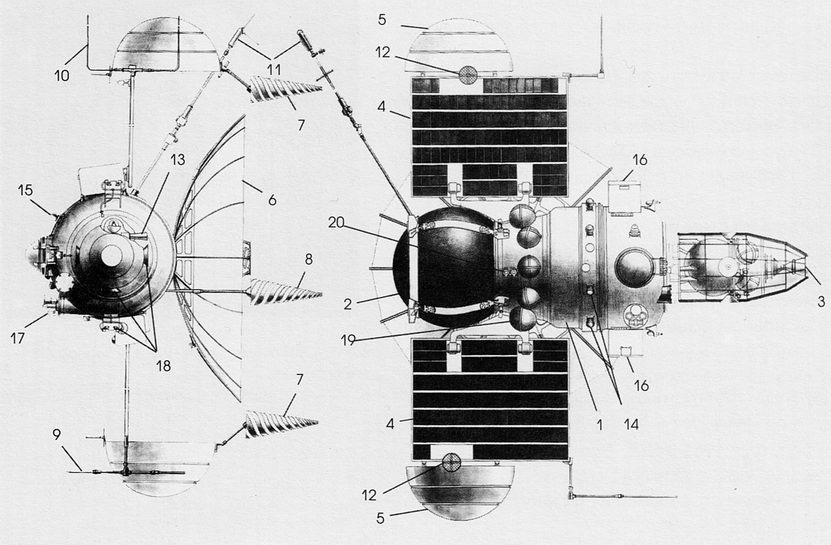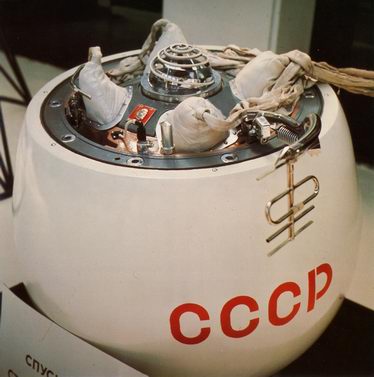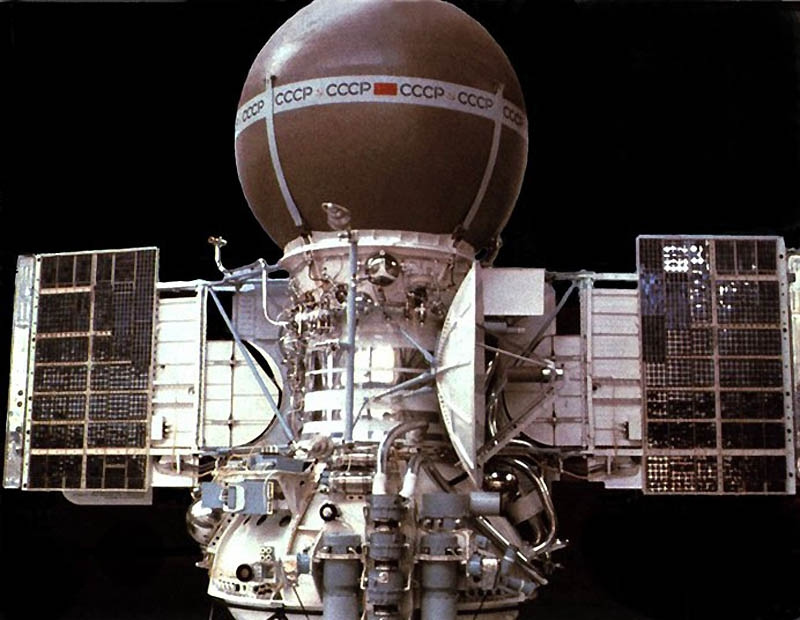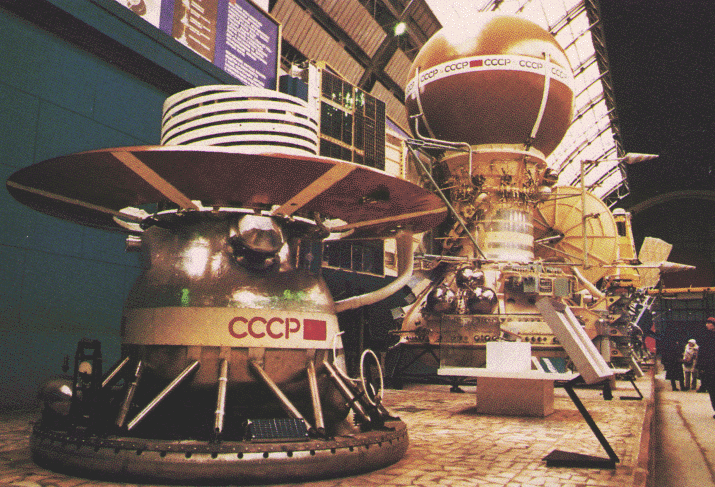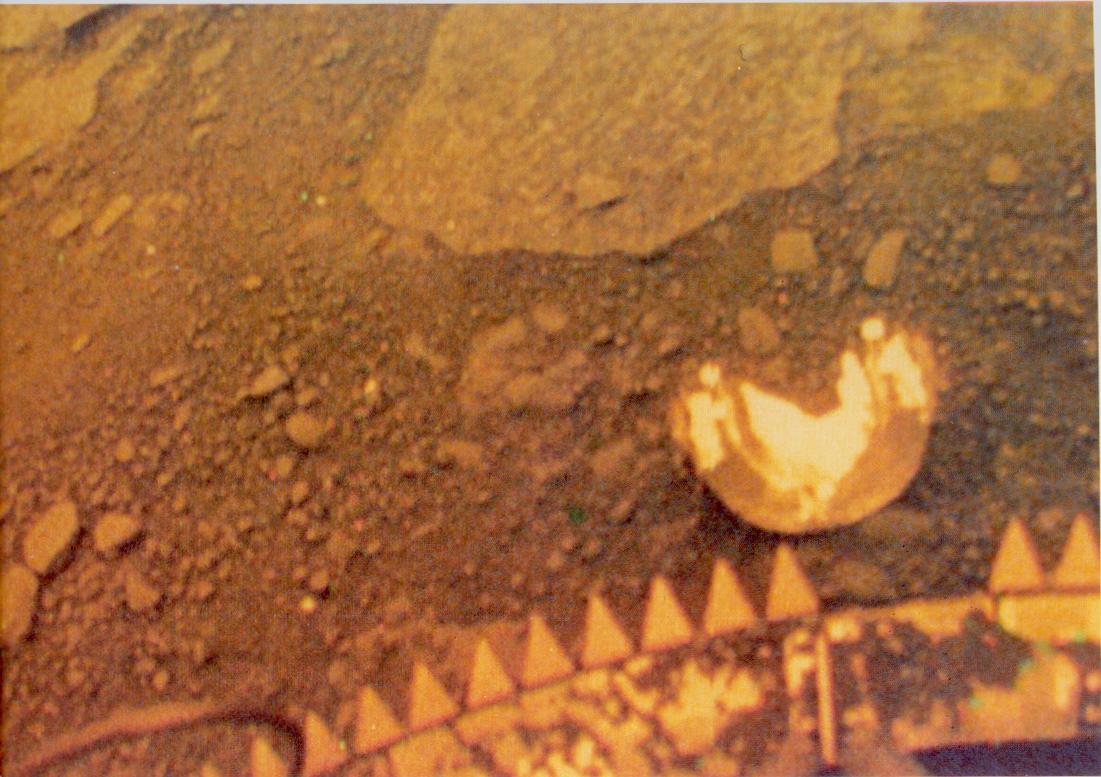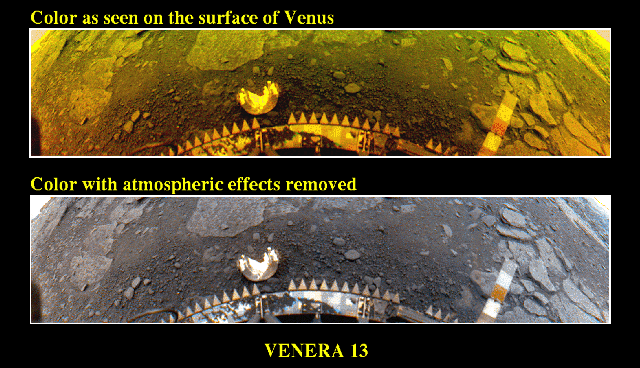The Soviet Venera Program – The First Planetary Landers
Exploring Venus
The Venera series of robotic space probes were developed and launched by the Soviet Union. The probes were sent to study Venus with later missions launched in pairs as insurance against launch and any in-flight failure. The Venera space probes achieved several firsts for space exploration including the first soft landing and first images taken from the surface of another planet. To date, no other space probe has returned to Venus’ hostile surface.

Quick Summary Of The USSR's Venera Space Probes
The Soviet Union’s Venera program was a 16-mission program of interplanetary probes, and planetary landers, launched between 1961 and 1984 during the Space Race. The probes were launched in pairs, three days apart, as insurance against launch failures. The robotic probes were destined for the rocky inner planet Venus and included 8 Venera landers.
The landers were specifically designed to withstand the extreme conditions on the Venusian surface; 90 times the pressure of Earth’s atmosphere and temperatures of over 450°C! Wow, isn’t that a high pressure cooker environment?! As a result, the landers only lasted between 23 and 127 minutes before they likely overheated and failed.
The Venera program included a number of space exploration firsts, such as the first interplanetary probe to enter the atmosphere of another planet (Venera 4), the first to make a soft landing on the surface of another planet (Venera 7) and the first to transmit images from the surface of another planet (Venera 9).
Fast Summary Facts Of The 8 Venera Venus Landers
- Venera 7 – On December 15th 1970 Venera 7 landed and became the first spacecraft to successfully land on another planet!
- Venera 8 – Successfully landed and operated for 50 minutes.
- Venera 9 – The lander became the first to transmit an image (black and white) from the surface of another planet!
- Venera 10 – An almost identical sister ship to Venera 9, Venera 10’s lander touched down 3 days after Venera 9. Both suffered the same camera lens failure.
- Venera 11 – This probe (along with Venera 12) were quite big for an interplanetary space probe with a mass of 5,000 kilograms!
- Venera 12 – Despite a redesign, both Venera 11 and its sister Venera 12, suffered the same double camera failure after touchdown.
- Venera 13 – On March 1st 1982 the lander returned the first colour images of Venus’ surface. The lander survived 127 minutes, the longest of the program!
- Venera 14 – The lander returned surface data for 57 minutes, longer than the designed 32 minutes.
